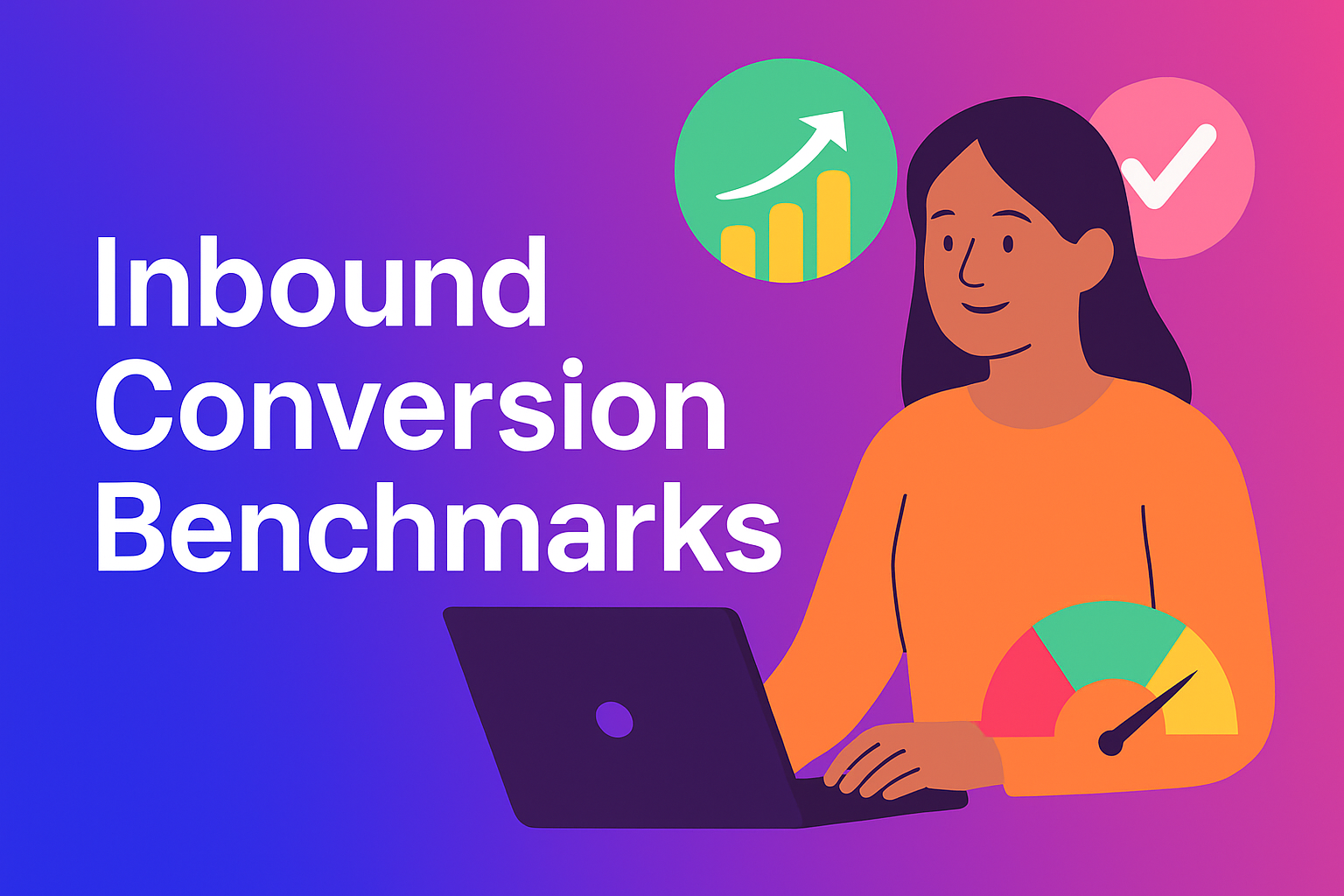Inbound Conversion Benchmarks: What Good Looks Like
Understanding conversion benchmarks is crucial for any B2B organization aiming to optimize its inbound marketing efforts. The numbers tell a story, and that story can guide your strategy. Let’s dive into what good looks like in the world of inbound conversions.
The Importance of Conversion Rates
Conversion rates are more than just numbers; they reflect the effectiveness of your marketing strategies. A high conversion rate indicates that your audience resonates with your messaging and offerings. Conversely, a low rate signals a need for reevaluation.
What is a Good Conversion Rate?
The average conversion rate across all industries hovers around 2.9%. However, this figure varies significantly by sector. For instance, the food and beverage industry boasts an impressive conversion rate of 7.9%. In the B2B realm, the average inbound marketing conversion rate is slightly higher at 3.1%.
Why These Numbers Matter
These benchmarks serve as a baseline for your own performance. If your conversion rates fall below these averages, it’s time to investigate why. Are your landing pages optimized? Is your messaging clear? Are you providing a seamless user experience?
Factors Influencing Conversion Rates
Several elements can impact your conversion rates. Understanding these factors can help you refine your approach and boost your results.
Personalization
Personalization is key in today’s market. According to 80% of B2B marketers, personalization significantly enhances lead generation. Tailoring your outreach to meet individual prospect needs can lead to higher engagement and conversion rates.
User Experience
A smooth user experience is non-negotiable. If your website is difficult to navigate or your forms are too lengthy, prospects will abandon the process. Streamlining the booking process is essential. RevenueHero’s instant scheduling feature allows prospects to book meetings immediately after form submissions, reducing drop-offs and enhancing the buyer experience.
Data-Driven Insights
Utilizing analytics can refine your demo processes and improve conversion rates. By understanding buyer behavior and meeting outcomes, you can make informed decisions that drive results. RevenueHero’s granular reporting provides actionable insights that can inform your strategy.
Strategies to Improve Conversion Rates
Now that we’ve established what good looks like, let’s explore actionable strategies to enhance your conversion rates.
Optimize Landing Pages
Your landing pages are often the first point of contact with potential customers. High-performing inbound landing pages have an average conversion rate of 11.45%. To achieve this, ensure your pages are visually appealing, contain clear calls to action, and provide valuable content.
Leverage Video Content
Adding video to your landing pages can improve conversion rates by 80%. Videos engage users and can effectively convey your message, making them more likely to convert.
Implement Instant Booking
Remove friction from the scheduling process. Allow prospects to book meetings immediately after filling out forms. This not only captures their interest but also keeps the momentum going. RevenueHero’s smart meeting distribution automates lead routing, ensuring prospects connect with the right sales representatives without delay.
Measuring Success
Once you’ve implemented these strategies, measuring success is vital. Track your conversion rates regularly to identify trends and areas for improvement.
Key Metrics to Monitor
- Conversion Rate: The percentage of visitors who complete a desired action.
- Lead Quality: Assess the quality of leads generated through your campaigns.
- Engagement Rates: Monitor how prospects interact with your content.
- Time to Conversion: Measure how long it takes for a lead to convert after initial contact.
Adjusting Your Strategy
Be prepared to adjust your strategy based on the data you collect. If certain tactics aren’t yielding results, don’t hesitate to pivot. Continuous improvement is key to maintaining a competitive edge.
Final Thoughts
Optimizing your inbound conversion rates is an ongoing process. By understanding the benchmarks, implementing effective strategies, and continuously measuring your success, you can significantly enhance your conversion rates. Remember, it’s not just about attracting leads; it’s about converting them into loyal customers. Start today, and watch your numbers improve.
Let RevenueHero help your team turn high-intent users into booked meeting without slowing down your funnel.












